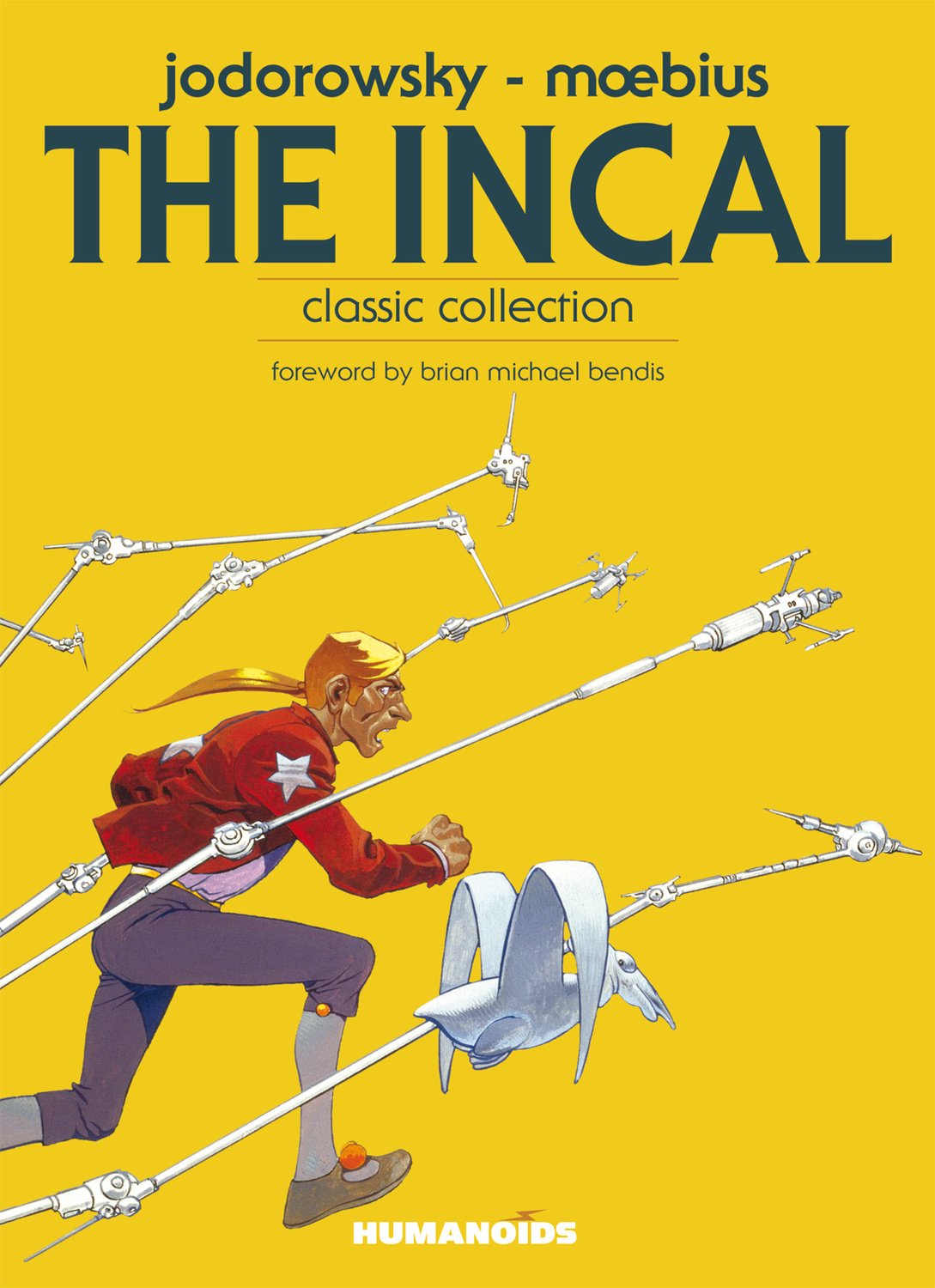 |
| Image from Comics Alliance |
By Rachel Johannigmeier
If you have ever seen David Lynch's Dune, you may be aware of the troubled history of the production, including the version of Dune by Alejandro Jodorowsky and Jean Giraud (also known by the pen name, Moebius). According to Comics Alliance, the two had collaborated on the incomplete vision of the project, and eventually, from 1981-1988, they collaborated on a work known as The Incal. What they created is a work that stands strong as an example of what the science fiction can accomplish in graphic novels.
 |
| Image from Amazon |
Title: The Incal
Creators: Alejandro Jodorowsky (Writer) and Moebius (Artist)
Publisher: Humanoids
Audience: Adults
The Incal is a work that follows its protagonist, the unlikable detective John DiFool, as he becomes a part of a group saving the universe with the power of an entity known as the Incal. He is not the chosen one of the story, but almost every segment of the story requires his involvement in some manner. Whether it involves beating a thousand of other trained competitors in winning the honor of ushering in the Golden Age of the race the Berg or stopping the Darkness from corrupting the Emporess, he is always a reluctant, but necessary part of the fantastic journeys he finds himself on with his companions.
The story begins and ends in the same way, but the journey in between is what adds power to the story's ending. It is clear that the story was originally serialized, as the plot bounces at a rapid pace that sometimes left me confused as to what was exactly happening. However, the art is astonishing, and makes up for any plot points that might have been missed along the way.
It is a story that is set above average by the art, as many of the familiar cliches of sci-fi appear in the story. Whether or not they were cliches when the story was created is debatable, but it is still an enjoyable story to read. It is a fantastic world, and as a reader, it is a treat to see into this interesting world.
It also provides commentary on society and the corruption of those in power and those who are not in power. There were incredibly cartoonish moments, but they serve to address issues of power. I laughed at these moments, but I also thought about the implications of the source of humor.
I would recommend this graphic novel for fans of classic sci-fi that also provides social commentary on the world.
Comments
Post a Comment